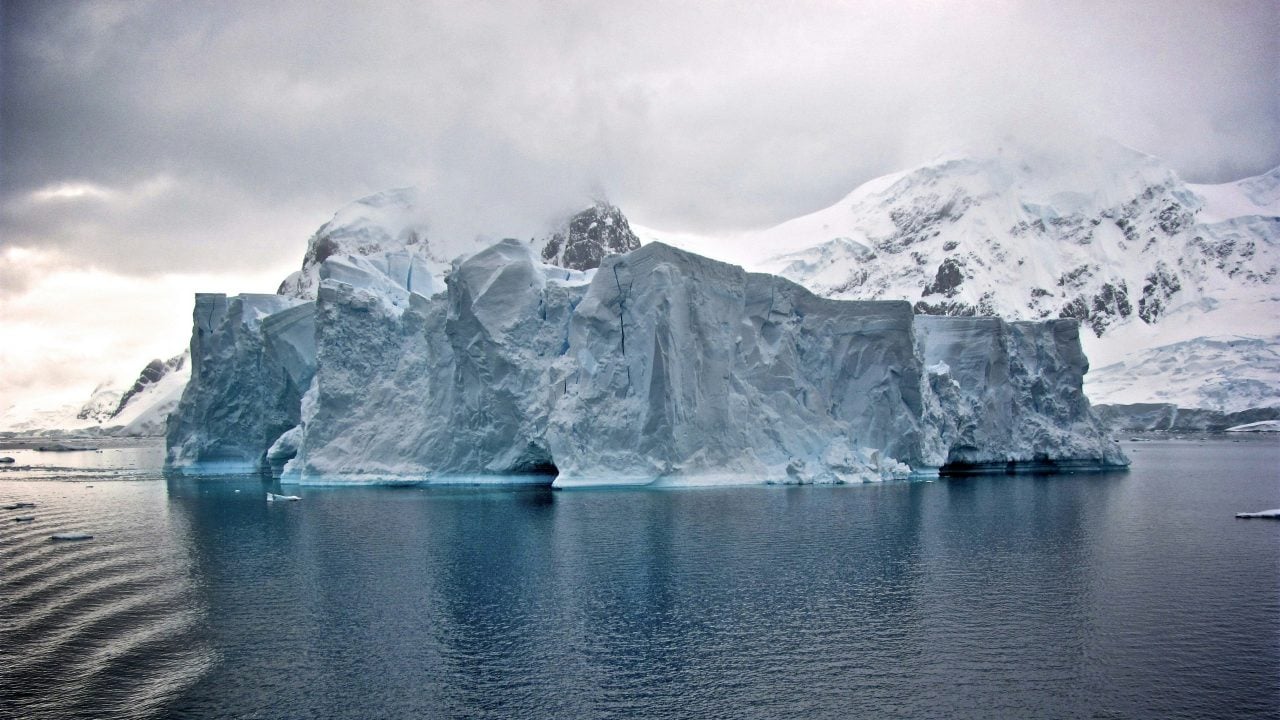
After 30 years stuck on the seabed north of the South Orkney Islands, the world's largest and oldest iceberg has broken off and is drifting through the Antarctic Ocean.
According to the British Antarctic Survey (BAS), the ice sheets of the mega-iceberg are 400 meters thick, weigh almost a billion tons and cover an area of ??about 3,600 square kilometers.
The A23a colossus broke off from Antarctica's Filchner Ice Shelf in 1986 and remained stranded on the seabed of the Weddell Sea for more than three decades before beginning its slow journey north in 2020.
On its journey, the iceberg was trapped for months in a Taylor Column, an oceanographic phenomenon in which rotating water on a seamount traps objects in place, delaying its expected drift north.
A23a is expected to continue its journey towards the Southern Ocean following the Antarctic Circumpolar Current, which will probably propel it towards the sub-Antarctic island of South Georgia.
Experts predict that there it will encounter warmer waters that will likely break it into smaller icebergs until it eventually melts.
For oceanographer Andrew Meijers, from the BAS, it is “exciting to see A23a moving again after periods of stagnation.”
“We are interested to see if it will follow the same route as other large icebergs that have broken off from Antarctica. And more importantly, what impact this will have on the local ecosystem,” he added in a statement. (PL) (Photo: Taken from the Internet)